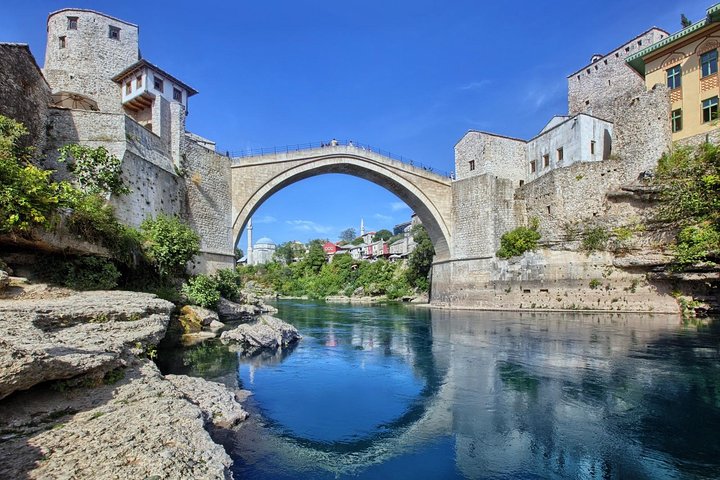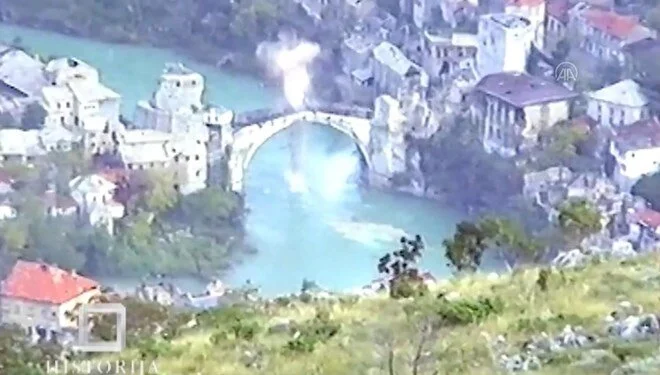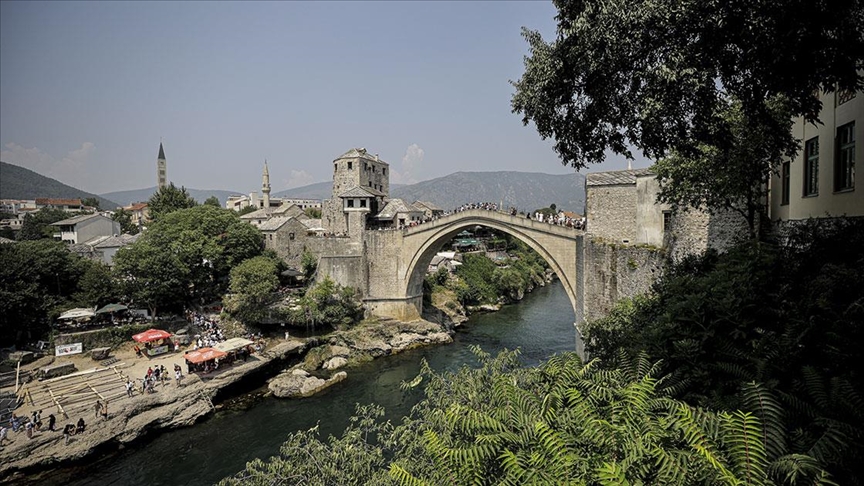Mostar Bridge, which was destroyed by Croatian forces during the Bosnian War in 1993, is not just a bridge but also a cultural heritage site, a symbol of peace, and a globally recognized landmark.
Rising over the Neretva River, this magnificent structure has shaped the identity of the region for centuries and has become a place visited by millions of tourists today.

A Jewel of the Ottoman Empire
Constructed in 1566 by Mimar Hayreddin, a student of Mimar Sinan, Mostar Bridge is one of the finest examples of Ottoman architecture. Built entirely from local stones, the bridge spans the Neretva River with a single arch. Its height and length are considered engineering marvels of its time.

A Symbol of Peace
Unfortunately, the bridge became a symbol of the suffering experienced in the region when it was destroyed by Croatian forces during the Bosnian War in 1993. However, in the post-war period, it was rebuilt through international efforts and has since become a symbol of peace and unity. Reopened in 2004, the bridge has served as a beacon of hope for the local community.
UNESCO World Heritage Site
Mostar Bridge and the historic city center were included in the UNESCO World Heritage List in 2005. This designation has provided international protection for the bridge, ensuring its preservation and transmission to future generations.

